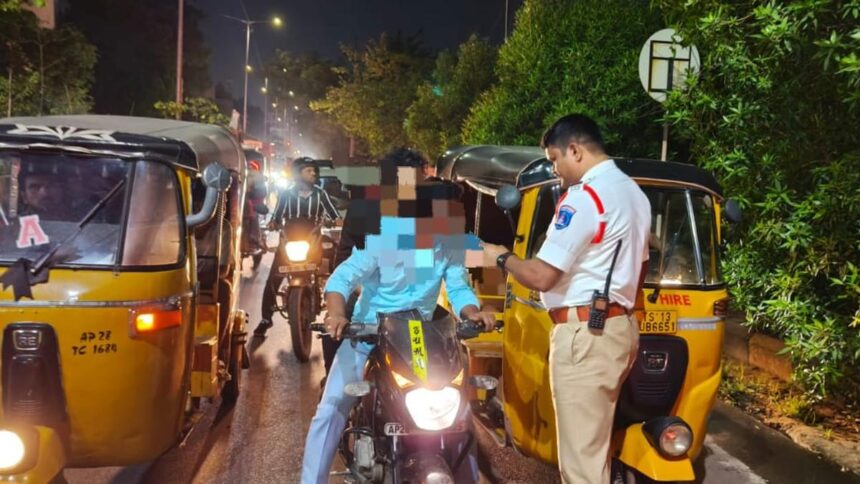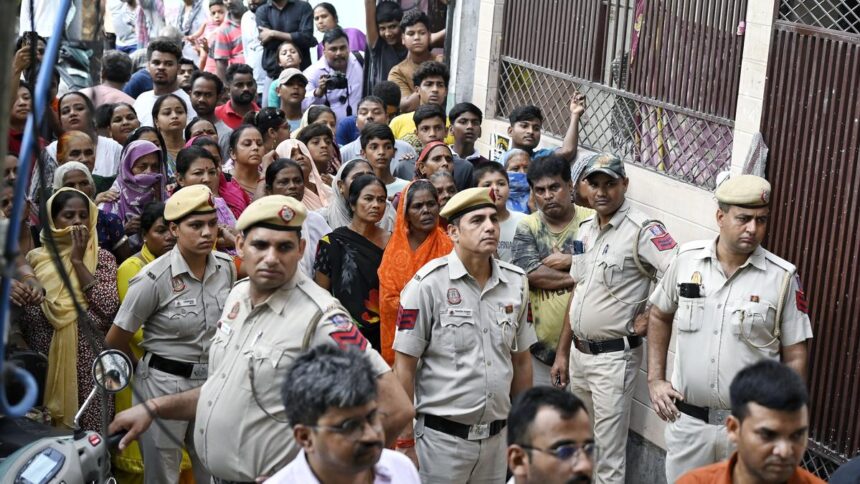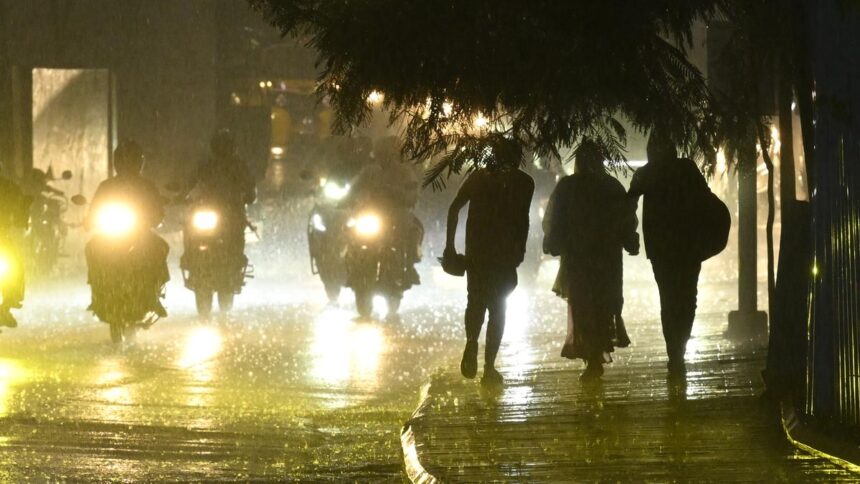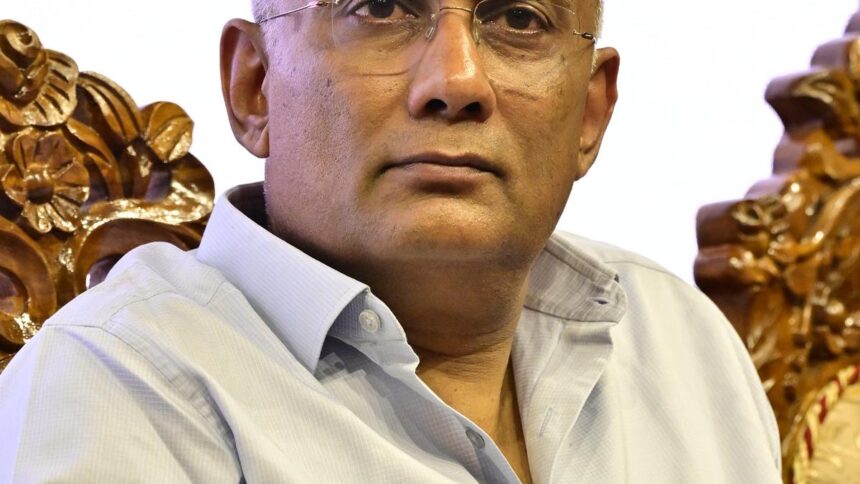
Writer and activist K. Phaniraj makes a point while writer Jayanth Kodkani and Ivan D’Silva, a member of the Karnataka Chalanachitra Academy, look on during the panel discussion organised by INTACH, Mangaluru, and Art Kanara Trust at the Kodialguthu Centre for Art and Culture in Mangaluru on Wednesday.
| Photo Credit: SPECIAL ARRANGEMENT
Cinematic legend Guru Dutt’s family roots trace back to Panambur near Mangaluru, and the influence of coastal Karnataka lingered in his creative imagination, although he lived there only briefly, said Subhas Chandra Basu, convenor of Mangaluru chapter of the Indian National Trust for Art and Cultural Heritage (INTACH).
Mr. Basu opened a special panel discussion, ‘Guru Dutt – Remembering the man and his persona, movies and messages’, organised by the INTACH and Art Kanara Trust at Kodialguthu Centre for Art and Culture here on July 9, to commemorate the birth centenary of the filmmaker.
Mr. Basu spoke about Dutt’s formative years in Kolkata and how the post-independence turmoil, including famine, political unrest, and mass migration, witnessed by the city, shaped his social consciousness and cinematic themes.
The discussion saw the participation of writer and activist K. Phaniraj, Karnataka Chalanachitra Academy member Ivan D’Silva, and, Jayanth Kodkani, writer and journalist, with INTACH co-convener Nemiraj Shetty introducing the panellists.
During the post-discussion interaction with the audience, Krishnamoorthy, the former principal of Govinda Dasa College, shared insights from Nanna Maga, Gurudutta, a biography written by the filmmaker’s mother, Vasanthi Padukone. “Many know him through his films. I connected with him through his formative years in Dakshina Kannada,” he said.
Mr. Kodkani evoked the powerful imagery from Pyaasa, referencing the iconic song ‘Yeh Duniya Agar Mil Bhi Jaye’. “I watched Pyaasa at a special screening in the 1970s. As the song reached its peak, people stood up and clapped, decades after its release. That’s the timeless power of Guru Dutt’s cinema,” he said.
Offering a broader socio-political reading of Guru Dutt’s films, Mr. Phaniraj said, “In the 1950s, Indian cinema was preoccupied with nation-building through idealised families. But Guru Dutt went against the grain. His films often depicted dysfunctional families or characters with no family at all. He chose to spotlight the inner struggles of the individual, especially the youth.”
Mr. D’Silva highlighted the technical brilliance of Guru Dutt’s craft. “His work was far ahead of its time — experimenting with camera angles, lighting, and narrative structure. Unlike most mainstream cinema, his female characters were strong, independent and resilient,” he said.
Published – July 10, 2025 05:49 pm IST



















